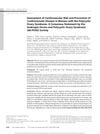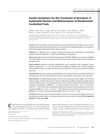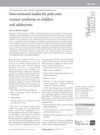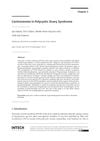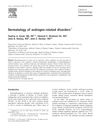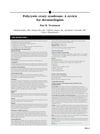Hyperandrogenism: Acne and Hirsutism
January 2015
hyperandrogenism hirsutism acne polycystic ovarian syndrome idiopathic hirsutism congenital adrenal hyperplasia Cushing’s disease oral contraceptives antiandrogens spironolactone finasteride topical retinoids antimicrobials antibiotics oral isotretinoin PCOS CAH birth control pills Aldactone Propecia Accutane
TLDR Hyperandrogenism in women often causes acne and excess hair, treatable with lifestyle changes and medications.
Hyperandrogenism was a prevalent condition in women, primarily manifesting as hirsutism and acne. The causes included polycystic ovarian syndrome (PCOS), idiopathic hirsutism, congenital adrenal hyperplasia (CAH), ovarian and adrenal tumors, Cushing’s disease, and certain medications. The severity of hirsutism varied, but treatment was recommended for those who desired it, regardless of severity. Treatment options included weight reduction, hair removal, oral contraceptives, and antiandrogens like spironolactone and finasteride. Acne treatments involved topical retinoids, antimicrobials, antibiotics, or oral isotretinoin.
